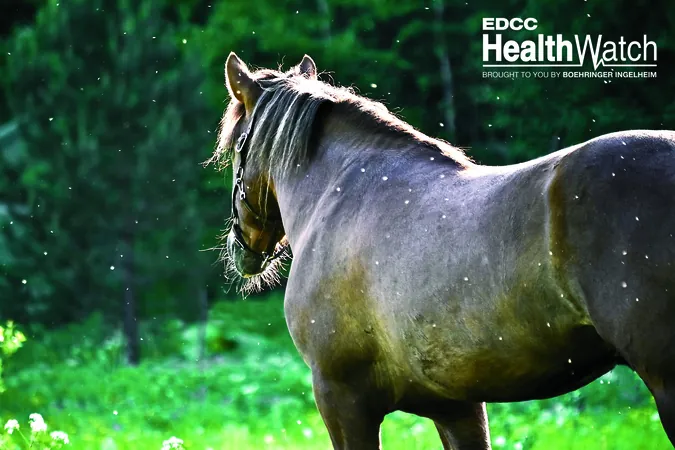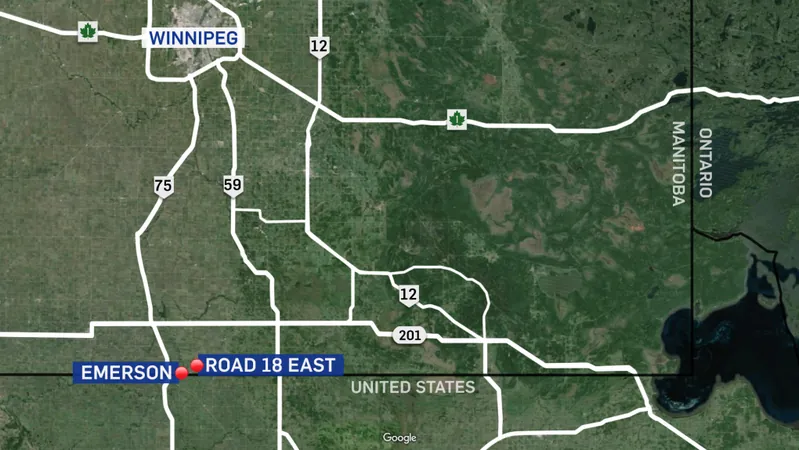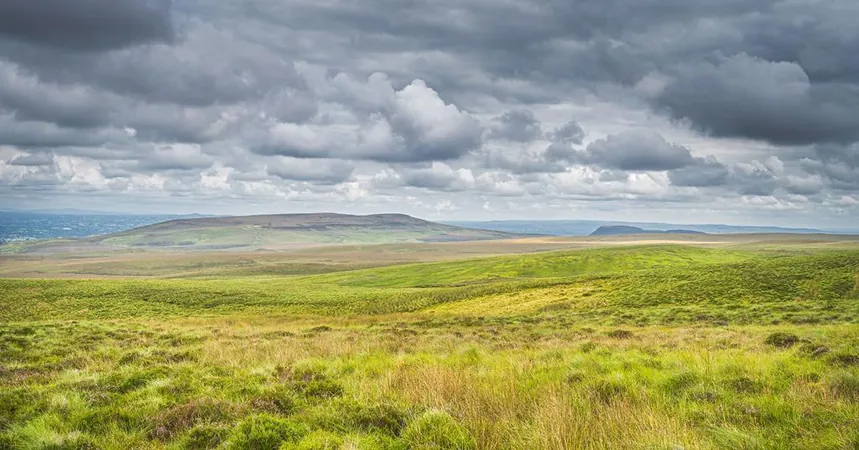
23rd Ontario Horse Falls Victim to Deadly EEE Virus – What You Need to Know!
2024-10-15
Author: Emma
In a concerning development for equine health in Ontario, a 13-year-old unvaccinated gelding in Lanark County was confirmed positive for Eastern equine encephalitis (EEE) on October 9. The horse had exhibited acute neurological symptoms starting September 27 and was euthanized the next day due to the rapid deterioration of his condition. This sad event marks the 23rd case of EEE among horses in Ontario this year.
Understanding EEE: A Deadly Threat
Eastern equine encephalomyelitis is caused by the Eastern equine encephalitis virus, which primarily circulates among wild birds. However, the danger escalates when mosquitoes bite these infected birds and later transmit the virus to horses, humans, and other birds. Although horses do not spread the virus to one another or to humans, the mortality rate is alarmingly high, making EEE one of the most serious mosquito-borne diseases in North America.
Why This Matters
The rising number of EEE cases in Ontario raises alarm bells not only for horse owners but also for the general public. Mosquitoes are vectors that can carry strong implications for public health, and the threat of EEE cannot be taken lightly. It emphasizes the need for vaccination, effective mosquito control measures, and public awareness.
Prevention is Key!
To safeguard against the threat of mosquito-borne diseases like EEE, consider these essential preventive measures: - Vaccination: Ensure horses are up-to-date on vaccinations against EEE. - Reduction of Standing Water: Eliminate stagnant water around properties where mosquitoes breed. - Mosquito Repellents: Use repellents that are safe for horses and humans, especially during peak mosquito activity times. - Protective Gear: Consider fly sheets and masks for horses during the mosquito season.
As the cooler months approach, awareness and preparedness are crucial. With the risk of EEE now evident, horse owners must stay vigilant and inform themselves about the best practices to protect their equine friends. Don’t wait until it’s too late!









 Brasil (PT)
Brasil (PT)
 Canada (EN)
Canada (EN)
 Chile (ES)
Chile (ES)
 España (ES)
España (ES)
 France (FR)
France (FR)
 Hong Kong (EN)
Hong Kong (EN)
 Italia (IT)
Italia (IT)
 日本 (JA)
日本 (JA)
 Magyarország (HU)
Magyarország (HU)
 Norge (NO)
Norge (NO)
 Polska (PL)
Polska (PL)
 Schweiz (DE)
Schweiz (DE)
 Singapore (EN)
Singapore (EN)
 Sverige (SV)
Sverige (SV)
 Suomi (FI)
Suomi (FI)
 Türkiye (TR)
Türkiye (TR)